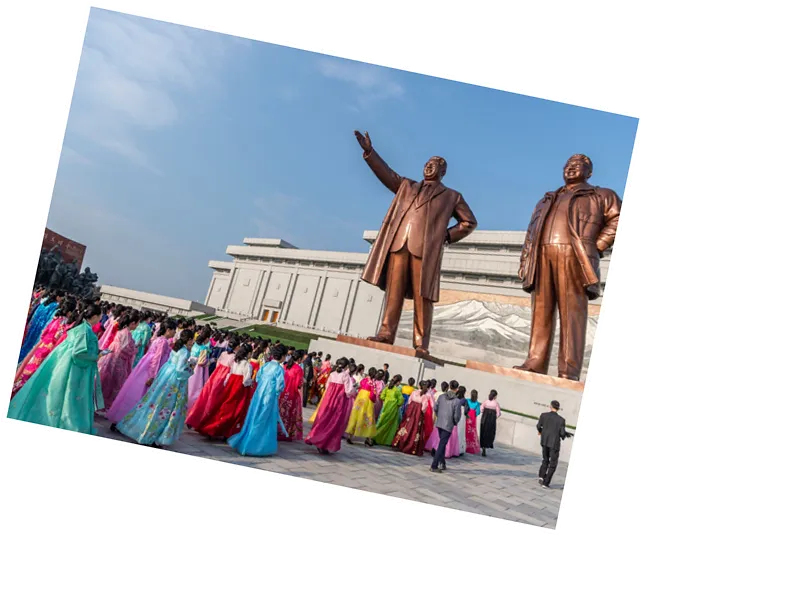In a renewed effort to counter North Korea’s continuous provocation, South Korea has resumed psychological warfare by broadcasting propaganda across the border for the first time in six years. This move comes in direct response to North Korea’s repeated launch of 'garbage balloons,' which have been creating environmental and public disturbances in South Korea.
Yesterday, approximately 310 waste-filled balloons floated southward, causing significant concern among South Korean citizens and officials. These balloons, often filled with waste paper, plastic, and other refuse materials, are seen as North Korea's retaliation against South Korea’s resumed loudspeaker broadcasts and leaflet campaigns.
During an emergency National Security Council meeting, South Korean officials declared they would respond appropriately to North Korea’s provocations. While the General Staff did not detail the specific content of the current broadcasts, historical precedent suggests a mix of loud pop music and critical commentary on the North Korean regime. Witnesses and local authorities have reported immediate reaction activities, including police and firefighter interventions to safely manage the fallout from these waste balloons.
North Korea maintains that its aggressive balloon campaigns are in reaction to South Korean activist groups’ practice of sending leaflets that criticize the North Korean leadership across the border. This exchange of hostility has been marked by increasing rhetoric from both sides, with North Korea warning of a 'new response' and South Korea stressing strategic flexibility in its countermeasures.
The situation traces back to the suspension of a 2018 bilateral military agreement aimed at reducing border tensions, which had resulted in both sides dismantling their loudspeaker systems. With the escalation, South Korea has reinstated these measures, emphasizing that any further tensions are solely North Korea’s responsibility.
Adding complexity to the situation are North Korea's threats and recent demonstrations of military capability, including the testing of nuclear-capable missiles. The evolving geopolitical dynamics underscore the fragility of peace on the Korean peninsula and the potential for further confrontations should either side continue to escalate actions.
- South Korea's reinstatement of border loudspeaker broadcasts is not a new tactic but one steeped in a historical context of psychological warfare dating back to the Cold War era. These broadcasts not only aim to disseminate dissenting views and criticisms about the North Korean regime but also serve to demoralize North Korean border troops.
- North Korea’s tactic of releasing balloons filled with waste is intended to annoy and provoke South Korea into retaliation. This psychological warfare seeks to create a visible disruption while avoiding direct military confrontation.
- The incident has raised environmental and health concerns among residents in affected areas in South Korea. Authorities have confirmed that while the waste does not contain harmful substances, the continual barrage of balloons poses a nuisance and a potential hazard.
- In light of these incidents, observers are closely monitoring the strategic decisions by both governments. With the North Korean regime under scrutiny for its internal policies and international stand-offs, the South Korean government's response is calibrated to maintain defense readiness without unduly escalating conflict.






